Since then, Arduino has travelled around the world, radically changing the way many designers approach their work and inviting "amateurs" to enter the world of electronics and programming. It is now commonplace to see students building working prototypes and "geeks" monitoring the humidity of their own homes, something that would not have been possible without the advent of this microprocessor and its support community. Today, all sorts of materials can be found online: from video tutorials, to pieces of existing code, all the way to technical drawings for printed circuit boards.
Arduino sparks interest not only because of its widespread use, but also because of its legal and commercial premises. As far as the legal aspects are concerned, it must be recalled that the both the software and the hardware projects were open source initiatives. The design team decided to protect only the brand, while covering the documentation with a creative commons licence so that the community of designers, makers, artists, and the just plain curious would be able to create new knowledge using the platform which, from the commercial standpoint, is an outstanding example of the potential of Italian industry.
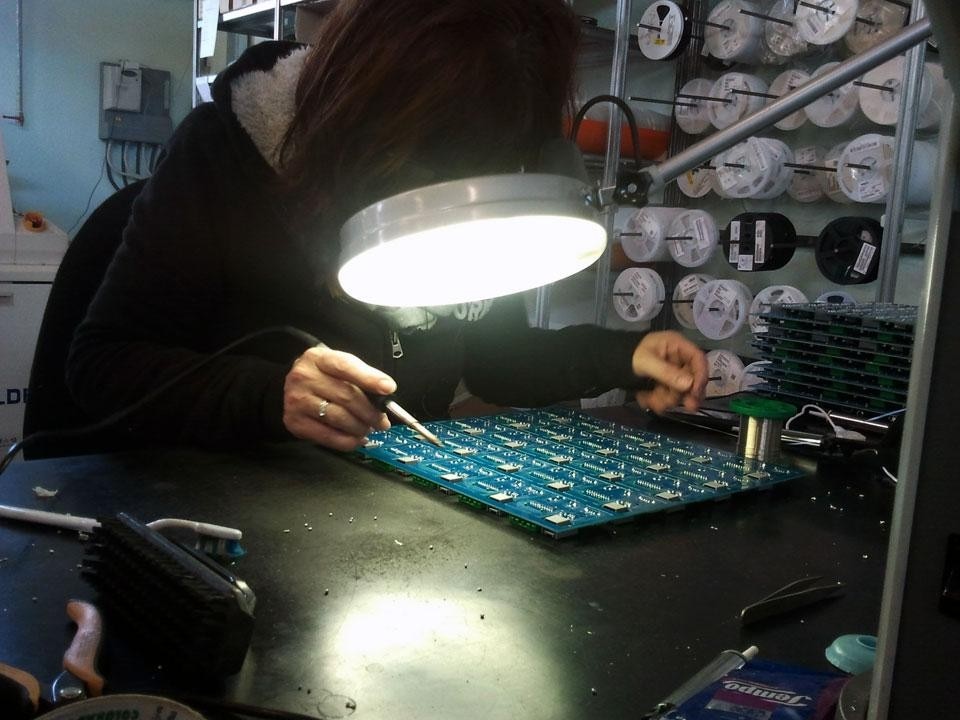
Ivrea's history is another interesting part of the picture. The city was intimately tied to the presence of Olivetti, a company with a legacy of incredible electronics know-how, and an entire generation of experts. In fact, the Interaction Design Institute was established in a former Olivetti building randomly covered with blue tiles — just like the Arduino boards. The company still exists as a brand, but it is no longer involved in design and development. If Olivetti had not been there before, maybe Arduino would not exist today.
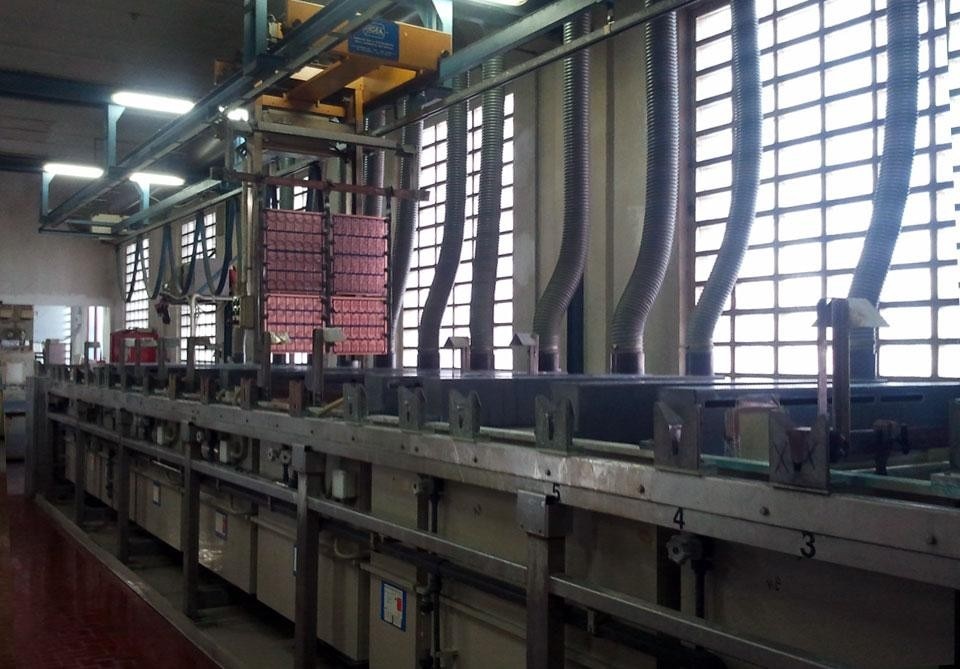
After a brief introduction, we are taken a few kilometres away to System Elettronica, where the circuits are printed. The company's proud owner, Ludovico Apruzzese, greets us and takes us on the grand tour. The company is small but well organized. All the machines are made exclusively in Italy, as are the products and the interiors — painted in the red-white-and-green of the Italian flag. Apruzzese is keen to stress the importance that design played in Arduino's success. For the first time, a microprocessor became an independent product instead of something to hide away in a box. The color choice, the design, the graphics, and the packaging — by Turin-based Todo — helped create a highly recognizable icon.
The Italian approach is exactly what makes Arduino special. It shows that a genuine and innovative “made in Italy” product is still possible by exploring old and new business models
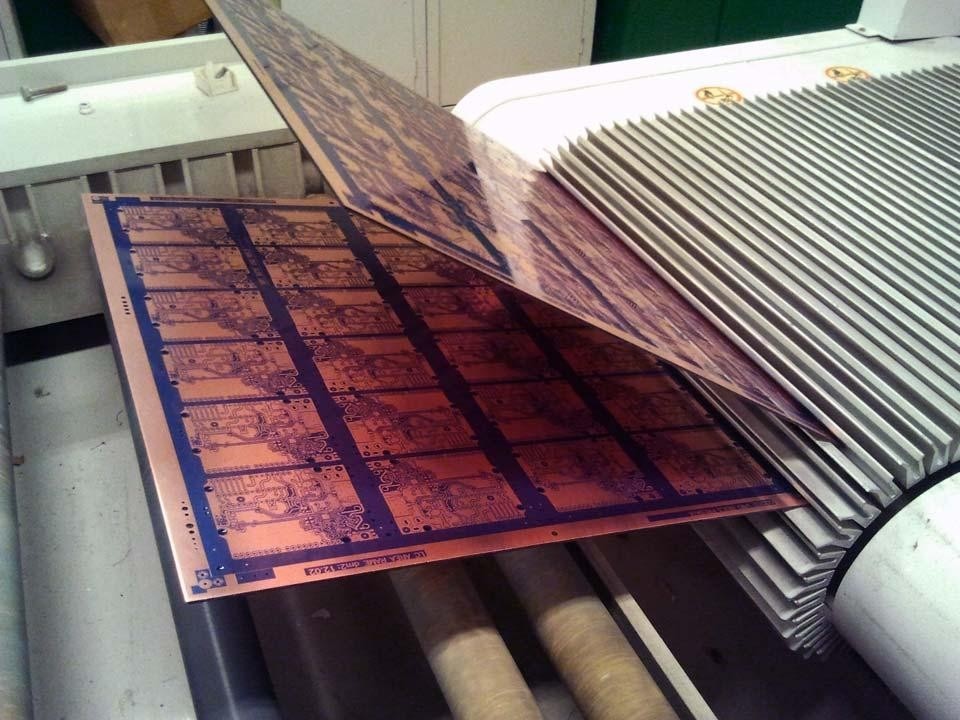
Following the application of a protective layer of tin, a robot then controls all traces of copper in a testing phase. Finally, the boards are trimmed, prepared and moved to another factory where the electronics components are assembled.
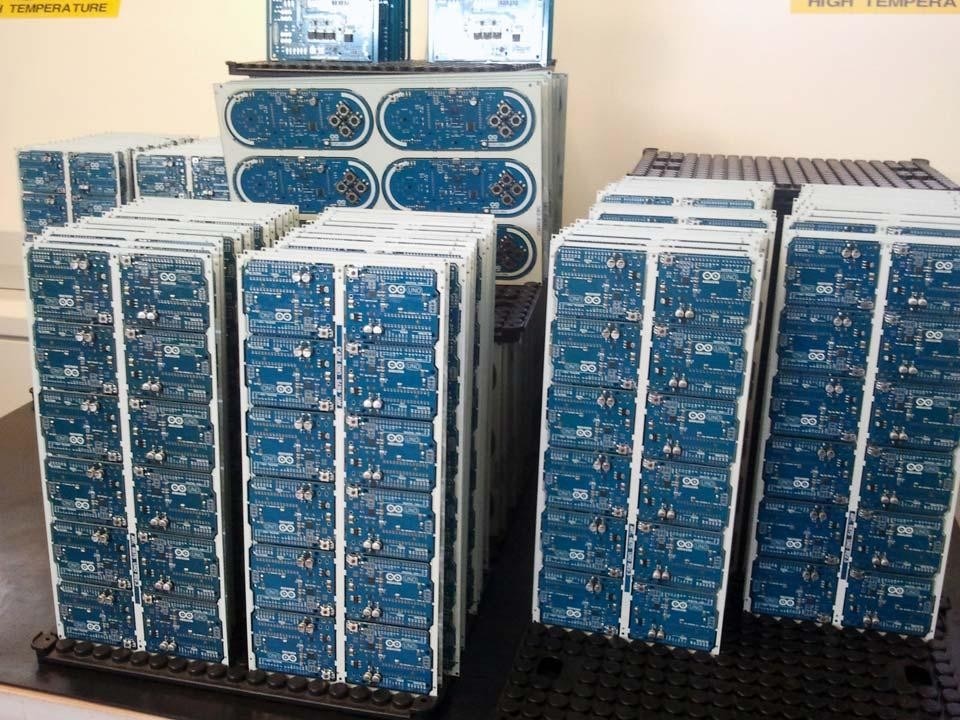
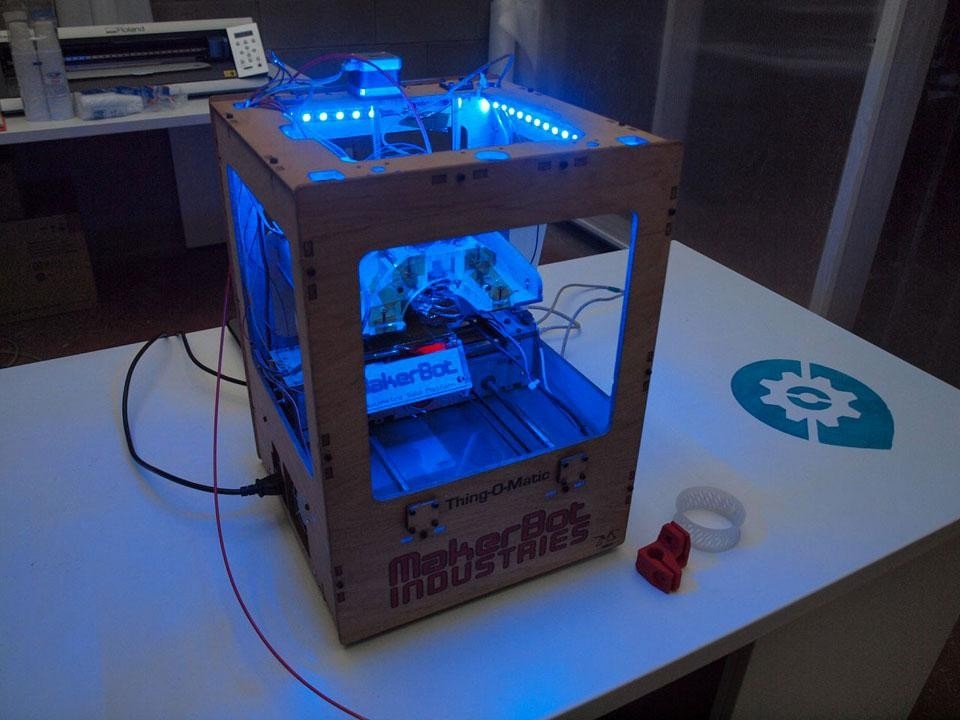
However, the Italian approach is exactly what makes Arduino special. It shows that a genuine and innovative "made in Italy" product is still possible by exploring old and new business models — like open source platforms and small- and medium-sized companies — and investing in research, rather than in worn stereotypes. Alice Mela


